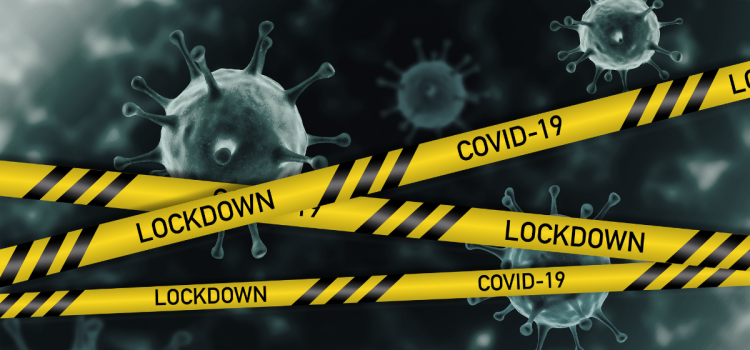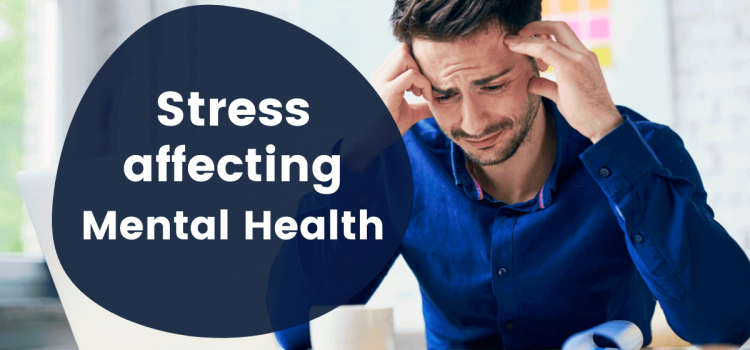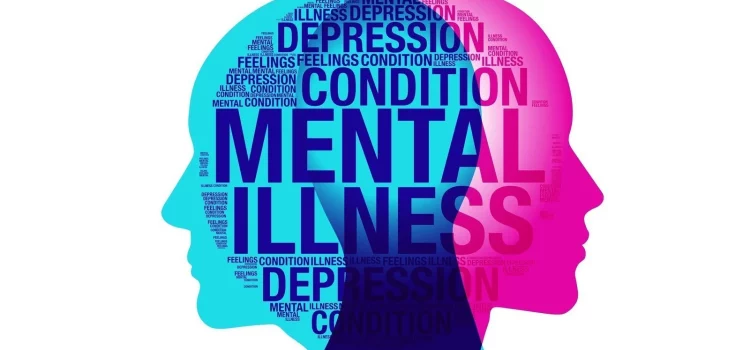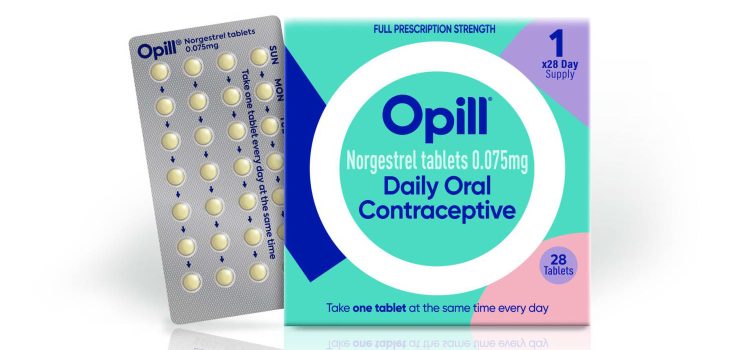
Introduction
Piroplasmosis is a tick-borne disease that affects cattle, horses, dogs, and other animals worldwide. Caused by protozoa from the genera Babesia and Theileria, it attacks red blood cells, leading to anemia, fever, and in severe cases, organ failure. Managing piroplasmosis requires timely diagnosis, effective piroplasmosis treatment, and strong prevention strategies. In this article, we share expert insights on every step—from recognizing early signs to implementing farm-wide control measures. Whether you are a veterinarian, livestock farmer, or pet owner, understanding how to fight piroplasmosis can protect animal health and safeguard your livelihood.
Understanding Piroplasmosis
Causes and Transmission
Piroplasmosis is primarily spread by ticks. When an infected tick bites an animal, it injects protozoa into the bloodstream. Key species include:
- Babesia bovis and Babesia bigemina in cattle
- Theileria equi and Babesia caballi in horses
- Babesia canis and Babesia gibsoni in dogs
Ticks become carriers by feeding on infected animals. In areas with high tick populations, disease rates can soar, especially in warm, humid climates that favor tick breeding.
Clinical Signs
Early recognition is vital for managing piroplasmosis. Common symptoms include:
- Fever (often above 104°F in livestock)
- Lethargy and weakness
- Anemia, seen as pale mucous membranes
- Dark urine (from hemoglobin breakdown)
- Jaundice (yellowing of eyes or gums)
- Loss of appetite and weight
- In horses: edema and lameness
In dogs, symptoms can range from mild fatigue to life-threatening anemia and organ damage. Animals with weak immune systems or concurrent infections face the greatest risk of severe disease.
Diagnosing Piroplasmosis
Laboratory Tests
Accurate diagnosis guides effective piroplasmosis treatment. Experts recommend:
- Blood Smear Microscopy
- A stained blood smear can reveal protozoa inside red blood cells.
- Quick and cost-effective, but may miss low-level infections.
- Serological Tests
- Indirect fluorescent antibody (IFA) and ELISA tests detect antibodies against Babesia or Theileria.
- Good for chronic or carrier detection.
- Molecular Diagnostics (PCR)
- Polymerase Chain Reaction amplifies parasite DNA.
- Highly sensitive and specific, ideal for early or low-grade infections.
Clinical Evaluation
Veterinarians must combine lab results with clinical signs and tick exposure history. A thorough physical exam—checking temperature, gum color, hydration, and vital signs—helps assess severity and guide initial treatment choices.
Treatment Protocols
First-Line Drugs
- Imidocarb Dipropionate
- Commonly used in cattle and dogs.
- Effective against Babesia species.
- Typical dose: 3–6 mg/kg IM, repeated after 14 days.
- Side effects: Pain at injection site, potential cholinergic signs—use atropine to counteract.
- Diminazene Aceturate
- Used in livestock, especially in regions where imidocarb is unavailable.
- Dose: 3.5–7 mg/kg IM or deep SC.
- Watch for neurological side effects at higher doses.
- Combination Therapy for Horses
- Theileria equi often treated with imidocarb plus oxytetracycline.
- Oxytetracycline (10–20 mg/kg IV daily) helps clear persistent infections.
- Atovaquone and Azithromycin
- Preferred in dogs with Babesia gibsoni.
- Atovaquone (13 mg/kg PO every 8 hours) plus azithromycin (10 mg/kg PO daily) for 10 days.
- High cost but effective cure rates.
Supportive Care
Treating piroplasmosis is not just about killing parasites. Animals often need:
- Fluids and Electrolytes: IV fluids correct dehydration and support kidney function.
- Blood Transfusion: In severe anemia, packed red blood cells can be life-saving.
- Anti-inflammatories and Pain Relief: NSAIDs like flunixin meglumine reduce fever and discomfort.
- Nutritional Support: High-energy feeds or appetite stimulants help recovery.
Monitoring Recovery
Experts advise follow-up blood tests at 14 and 30 days post-treatment to confirm parasite clearance. Persistent animals may require a second course or alternative drugs. In breeding stock, clearance is essential to prevent carrier status and future disease spread.
Preventing Piroplasmosis
Tick Control Strategies
Preventing initial infection is the most cost-effective way to manage piroplasmosis:
- Regular Tick Checks: Inspect animals daily, especially in ears, groin, and neck. Remove ticks promptly with forceps.
- Topical and Systemic Acaricides:
- Pour-ons (e.g., permethrin) and sprays (e.g., fipronil) reduce tick infestations.
- Oral treatments like afoxolaner offer month-long protection in dogs.
- Pasture Management:
- Rotate grazing areas to break tick life cycles.
- Mow fields and clear brush to reduce tick habitats.
- Biological Controls:
- Introduce natural tick predators like guinea fowl or ants.
- Nematodes can target tick larvae in the soil.
Management Practices
- Quarantine New Animals: Isolate newcomers for 30 days and screen for piroplasmosis before mixing with the herd.
- Vaccination (Where Available): In some regions, attenuated vaccines against Babesia bovis and Babesia bigemina help prevent outbreaks in cattle.
- Carrier Detection: Use annual blood tests to identify and treat carrier animals, breaking the cycle of tick infection.
Good Husbandry
Healthy animals resist infection better. Ensure:
- Balanced Nutrition: Adequate protein, vitamins, and minerals to support immune function.
- Stress Reduction: Avoid overcrowding, sudden weather exposure, or abrupt diet changes.
- Regular Veterinary Check-ups: Early disease detection and routine health screens.
Expert Tips for Veterinarians and Owners
- Stay Up-to-Date on Local Tick Species: Disease patterns vary by region. Know which ticks carry Babesia and Theileria in your area.
- Educate Clients: Teach farmers and pet owners how to recognize early signs and perform tick checks safely.
- Implement Integrated Pest Management (IPM): Combine chemical, biological, and environmental methods for long-term tick control.
- Use Molecular Tools Wisely: PCR tests can detect infections before symptoms appear—ideal for high-risk herds.
- Maintain Treatment Records: Track drug efficacy and any adverse reactions to guide future therapy decisions.
Emerging Research and Future Directions
New Drug Developments
Researchers are studying next-generation antiprotozoal drugs with fewer side effects and shorter treatment courses. Nanoparticle drug delivery and novel small molecules show promise in early trials.
Genetic Resistance
Some cattle breeds exhibit natural resistance to Babesia. Genetic studies aim to pinpoint resistance genes, potentially leading to breeding programs for hardier livestock.
Tick-Resistant Vaccines
Efforts to create vaccines that target tick saliva proteins could protect animals against multiple tick-borne diseases, including piroplasmosis. Early trials in sheep and cattle are underway.
Conclusion
Managing piroplasmosis demands a holistic approach: quick piroplasmosis treatment, rigorous diagnosis, and strong piroplasmosis prevention. By combining expert-recommended drugs—like imidocarb and atovaquone—with supportive care, veterinarians can save lives and clear infections. Meanwhile, integrated tick control, vaccination, and good husbandry stop new cases before they start. Emerging research on vaccines and genetic resistance offers hope for long-term solutions. With vigilance, education, and the latest tools, animal health professionals and owners can keep piroplasmosis—and the ticks that spread it—under control, safeguarding herds and pets alike.




















